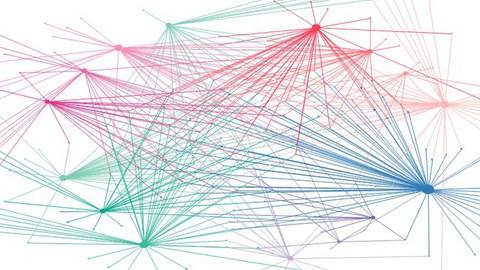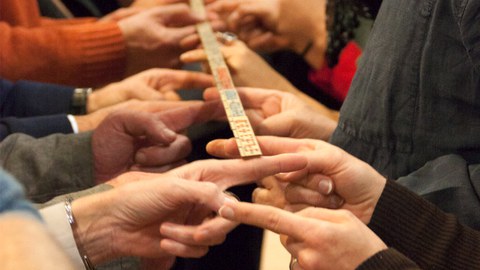Profile
The School of Humanities and Social Sciences (Geistes- und Sozialwissenschaften - GSW) is characterised by a high degree of autonomy and diversity in teaching, research, and governance.
GSW 2028 – The Development Strategy for the School of Humanities and Social Sciences outlines our projects and goals. Science is living, dynamic, and characterised by agility. Hence, the present development strategy GSW 2028 will be updated and extended on an annual basis.
The School of Humanities and Social Sciences encompasses the Faculty of Education, the Faculty of Arts, Humanities and Social Science, the Faculty of Linguistics, Literature and Cultural Studies as well as the Center for Methods in the Social Sciences (ZSM), the SchauflerLab@TU Dresden, the Research Center University School Dresden (ForUS DD), the research network TUDiSC - Disruption and Societal Change, the research center for comparative history of religious orders (FOVOG) and the ExU-Emerging Field Social Change.
The School comprises approx. 85 Chairs, 7,000 of a total of 31,500 students at TU Dresden (including teacher training),1 approx. 230 doctoral students, and approx. 490 employees. The School offers 20 degree programmes, including 4 Bachelor's degrees, 16 Master's degrees as well as a large proportion of the educational and specialist courses for the teacher training degree programmes at TU Dresden. As of autumn 2019, 10 EU projects and 28 DFG projects are located at the School. Humanities and social sciences at TUD enjoy a remarkably strong position in comparison. The Collaborative Research Center 1285: Invectivity. Constellations and Dynamics of Disparagement, for example, is the only CRC in the field of humanities and social sciences at a TU9 university.
Research at the School of Humanities and Social Sciences is characterised by a great thematic diversity. For creative and innovative research in the humanities and social sciences, individual freedom is a fundamental prerequisite, enabling outstanding individual academic achievements. Collaborative research is additionally characterised by profiling features such as shared methods, research perspectives, or theories.
At the School of Humanities and Social Sciences, these features include:
- orientation towards interdisciplinarity and transdisciplinarity both within the humanities and social sciences and with the Sciences (STEM, environmental sciences, medicine, etc.)
- bringing together historical-comparative and contemporary perspectives
- an agreement on shared conceptual and comparative heuristics and overarching concepts
- the central role of the medial constructiveness of culture and its forms of expression
- international orientation
- the integration of transfer activities, including their reflection
Academic activities at the School of Humanities and Social Sciences follow these principles e.g. within the research alliance DRESDEN-concept, especially in SAC 4, and in established formats such as the Henry Arnhold Summer School.
Footnotes
-
According to university statistics, the number is distributed between approx. 3,900 students in the teacher training degree programmes and approx. 3,000 students in the faculties of the School without teacher training.



